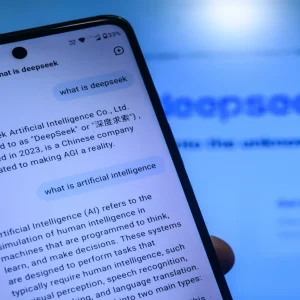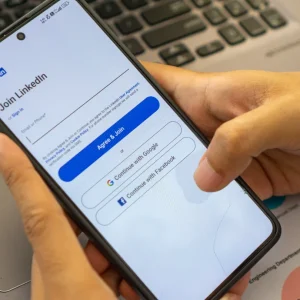
"Most people do a crappy job at data visualisation," says Qlik CTO, Anthony Deighton. "Just look at Excel."
Deighton is talking about a perennial conundrum that has taken on new significance in the age of the data deluge: how to present key information in a form that efficiently communicates its messages to the reader.
"Most people are not experts in data visualisation. Microsoft Excel is a disaster when it comes to this stuff. Most people’s visualisations on Excel are useless."
So what makes a good visualisation? If you want to actually be able to understand and use your complex data, it needs to be penetrable but not absurdly simplified. Putting figures into a colourful pie chart may create a pleasing result but it’s easy to pick style over substance and lose all meaning along the way.
The answer, apparently, is a lot more science than art, and it is this approach that Qlik uses in its own data visualisation product. The company provides tools that allow enterprises to automatically create graphics from their data, be that customer insights, information about employees or any other type of information.
"We have PHDs in data visualisation that work for us who have very strong opinions about the right way to do these things," says Deighton.
"The benefit of having 7 or 8 PHDs in data visualisation on staff is that they actually have pretty strong opinions on the right way to do these things. We can build into the product the capabilities for this."
We are all familiar, for example, with red meaning bad, or green meaning good. Or are we?
"A very common behaviour in visual analysis is using red or green, with red bad and green good. If the thing is green it means you’re doing well, if it’s red you’re doing badly, or if the bar is small it’s red and if it’s big it’s green.
"The problem with that is that in Asia those colours have precisely the opposite meaning. In Asia it’s red good and green bad.
"It also turns out that red-green colour blindness is the most common form of colour blindness. If you’re giving people a gradation between red and green to show difference, they often can’t see that difference. So the visual cue which you’ve given them is useless."
The problem is not colour per se, however.
"That said, colour intensity is something we as human beings are very attuned to seeing. We perceive the intensity of the colour much more dramatically than the actual hue.
"In our product, when you try and use colour as part of the visualisation, we will default to using colour intensity as the visual indicator of magnitude because we know that people see it more easily, perceive difference at a higher level and it doesn’t create issues with colour blindness."
As Deighton explains, the sources of these biases and preferences run deep.
"The science is rooted in the human being’s perception and also biases. We tend to see patterns where they don’t exist, we tend to see outliers very easily, we notice things that are off to the side."
Good data visualisation is about exploiting these innate characteristics, Deighton explains:
"All of these points about psychology and biology come back to innate differences about how our visual perception works, and it’s rooted in evolutionary biases.
"As humans we’re very attuned to differences in intensity in colour because it’s useful in terms of foraging for berries and nuts and the sort of things we would have done.
"We are so attuned to motion because it almost inevitably results in a threat or opportunity: something’s going to eat us or we’re going to try and eat something."
He adds: "There are no value judgements; it’s not good or bad, it just is. So the question is how do you take advantage of these things rather than ignore them and let them get in the way."
So next time you have to think about communicating data visually, it might be worth flicking through the Origin of Species first.






